This blogpost first appeared as a Bite-Size Blog (BSB #167)) that was distributed to my mailing list on September 21, 2018.
It is a well-known fact that sea levels are rising. But most people are unaware that those seas may be rising far more rapidly than mainstream scientists are predicting.
But, rather than debate how soon or how much the rising seas may jeopardize our coastal cities, why not consider that whatever time we have before serious disaster strikes–as an opportunity to re-invent the way we live?
Why not leverage the widespread certainty that sea levels are rising to galvanize support for designing a completely sustainable way to live in the United States? Why not create a model for the rest of the world to follow?
I am talking about a green model that can enable us to truly live in harmony with nature; thereby improving our chances to survive and thrive indefinitely on planet Earth.
A little background. We know that, sooner or later, rising seas will force the relocation of many millions of Americans. So, let’s leverage that widespread awareness to carefully plan, and start building, an ultra-green way for humankind to coexist with nature–indefinitely, on our beautiful planet.
Click to order on Amazon >>>
In doing that, we must think far beyond driving electric cars and recycling our newspapers. As Dr. James Lovelock says below, we must learn to live in a way that actually improves the ecosystem of our hostess–Mother Nature. As he says,
If the Earth improves as a result of our presence, then we will flourish. If it doesn’t, we will die off.
This is our baseline. It can only get better from here.
 |
Clearly we have a lot of work to do. So let’s start the process in earnest NOW–long before millions of Americans are forced, with little or no advance warning, to abandon their coastal residences.
So what is that creative IDEA? It begins with setting aside a ten-mile-wide corridor of land extending from Atlanta to Los Angeles. In the center of that corridor will be a hyper-loop train system than will enable rapid, highly efficient movement of people, food and other freight across the country.
Ultimately, this system can eliminate the need for the vast majority of travel by automobile or airplane–both of which are environmental disasters.
 |
The southern location was selected because of a number of factors like moderate climate, more access to solar energy, proximity to food sources, no huge mountains to cross and the sheer abundance of sparsely developed open spaces.
Within that corridor we can build a “Shangri-La” of sorts, featuring an ultra-green way of enjoyable living that will appeal to almost everyone. And it will be designed in such a manner that will minimize human interference with nature.
Think of this new Shangri-La as an exquisitely planned human habitat covering 22,000 square miles and capable of providing an exceptionally rich lifestyle for up to 100 million residents.
Worried about population density? The above numbers will equate to about 5,000 residents per square mile, which would be 80% less dense than New York City is today. Also, no one would be forced to move to America’s new “green” region.
Instead, interested residents would undergo a thorough application process in which they formally agree to abide by an extensive set of community lifestyle regulations–all of which are aimed at protecting Mother Nature.
A few ideas regarding how this might work:
1. Vehicles. No one will “own” an automobile or bicycle. All would be shared and the autos would be powered by batteries that are charged 100% by renewable energy, primarily solar and wind.
2. Amenities. Parks, theaters, schools, natural spaces, biking paths, fountains and playgrounds would be abundant and beautiful.
3. HyperLoop Trains. I envision three tubes in each direction: Local, Express and Freight . Most people could walk, bike or use shared vehicles to access this amazing system that could traverse the entire country in three hours. And most of it would be above ground, thereby affording breathtaking views at speeds up to 760 mph.
4. What about food? You guessed it, all food will be plant based. If anyone still doubts the grossly unsustainable insanity of eating animals, they should read this latest news about the overflowing “pig poop lagoons” in North Carolina.
5. Housing & Energy. All housing units would be designed to best leverage the highly efficient use of renewable energy to provide an exceptionally enjoyable lifestyle for all. And all human waste would be recycled.
6. Government & Economy? Above my pay grade and to be determined. But it would be nothing like what we currently have in the USA. Its overarching objective would be the protection of nature coupled with providing a life of comfort, meaning and dignity for all citizens. A true win-win for all concerned.
What about government? I am calling it the American Green Region Authority (AGRA)–an organization that would be charged with managing this futuristic human habitat almost like a totally new country.
7. Future Vision . While the system is being rolled out and fine-tuned in that southern corridor, future regional systems could be planned.
For example, we might want one to connect the Chicago area with the southern corridor in Texas and other viable routes to provide access to the NE and NW regions of the USA. And just think about the millions of jobs that will be created.
Are we capable of making this happen? Noted Harvard biologist, theorist and naturalist, E.O. Wilson says “yes” –but with some reservations:
“We have enough intelligence, goodwill, generosity and enterprise to turn Earth into a paradise both for ourselves and for the biosphere that gave us birth…the problem is that we are an innately dysfunctional species.” — E.O. Wilson
Maybe we can prove him wrong about our dysfunction.
Ultimately, I envision over 300 million Americans living in three or four corridors requiring a total of less than 100,000 square miles, an area about the size of Oregon.
That would mean that over 90% of our nation’s citizens could live comfortably in less than 5% of our total area. After setting aside certain areas for food production, recreation, military and manufacturing–the rest could be returned completely to nature.
No doubt you have many questions about this whole “idea.” I look forward to hearing those questions and to sharing further thoughts with you in person. Perhaps you can attend my next speaking event in NYC or maybe you can invite me to speak somewhere near you.
Sincerely, J. Morris (Jim) Hicks
PS: Try to consider the positives to be gained rather than dwelling on certain luxuries that might be lost. Also, we should think about the absolute horror show that will ensue if, or when, our civilization collapses.
I truly believe that the process I have described herein is our generation’s chance to help make a satisfying life possible for all of the innocent children who follow us.
One more thing, I encourage you to tell the good people at TED Talks that this is truly “an idea worth sharing.” It’s a lot better idea than trying to colonize Mars or the moon.

J. Morris Hicks on Fishers Island Sound
Finally, do you have friends in or near New York City? If so, please tell them that on October 17, I will be delivering a “big picture” presentation (with emphasis on hope) at a venue near Penn Station, beginning at 6:30 pm and including a pot-luck dinner. Click here for details and to make a reservation.
I welcome your feedback and questions at jmorrishicks@me.com








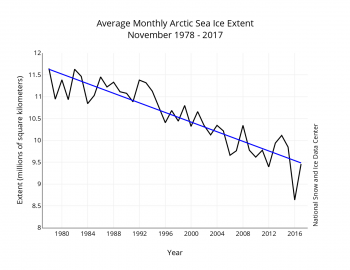
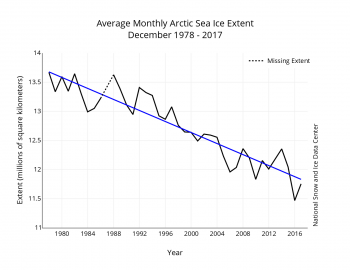
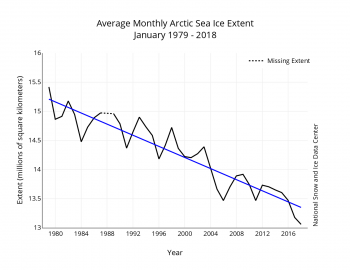
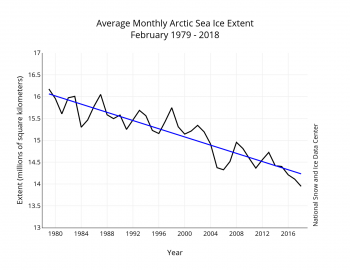
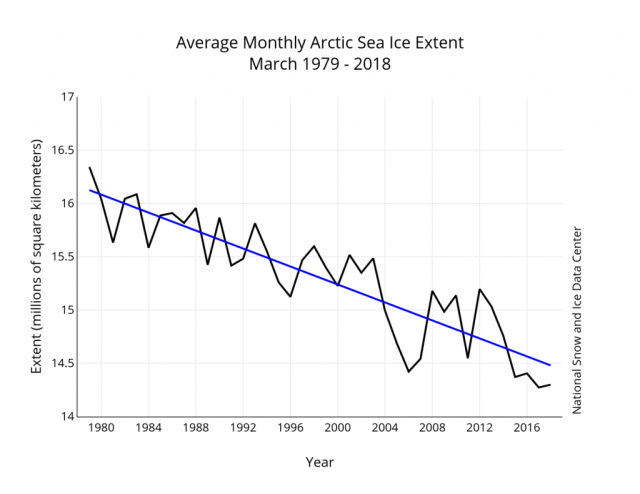



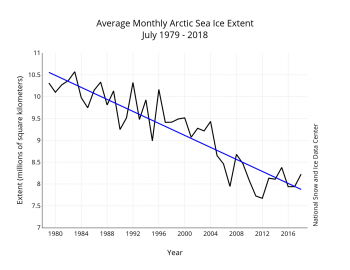




 My guess is that most people would answer that “our own health” is more important. Not because they’re selfish or uncaring about the environment, but because they probably don’t know what’s at stake should our ecosystem no longer be able to sustain us. And they don’t know about the most powerful action we can take to promote ecological health.
My guess is that most people would answer that “our own health” is more important. Not because they’re selfish or uncaring about the environment, but because they probably don’t know what’s at stake should our ecosystem no longer be able to sustain us. And they don’t know about the most powerful action we can take to promote ecological health.


